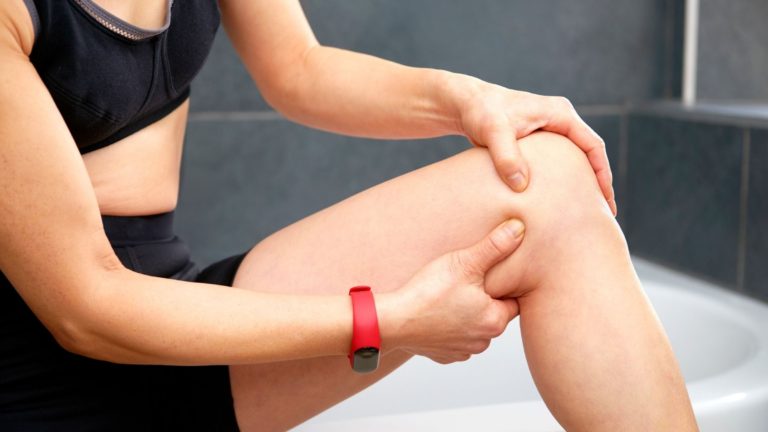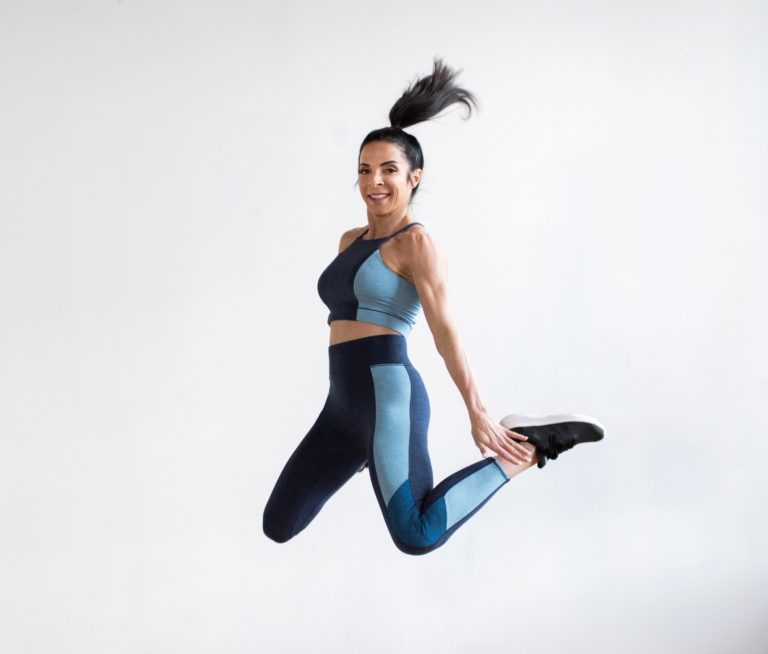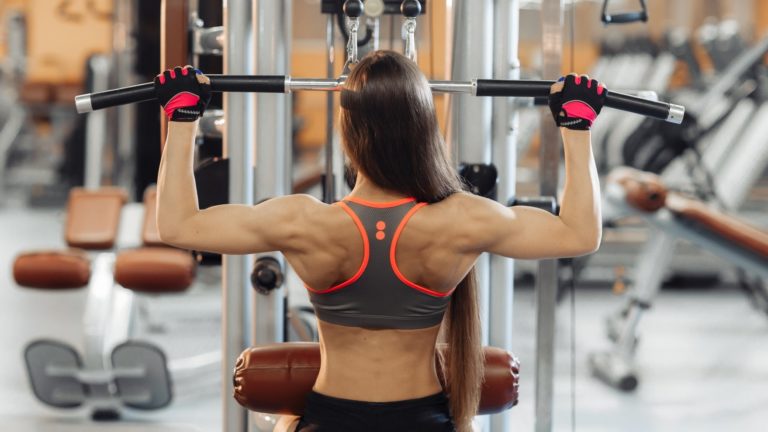
4 Lower-Body Mobility Drills to Help You Get Stronger
Get full access to Outside Learn, our online education hub featuring in-depth fitness and nutrition courses and more than 2,000 instructional videos when you
sign up for Outside+.
We all know that stretching increases flexibility, and resistance training increases strength. It’s a no-brainer that mobility increases joint motion — but does mobility also increase strength?
On the surface, the link between mobility and strength doesn’t make sense. Many strength athletes even regard mobility work as either a waste of precious training time or something that’s nice to do but not a priority.
This raises the question: How exactly would working on hip mobility increase your strength?
Here’s an example: You’re doing squats and your friends encourage you to go lower, but you just feel stuck. Your body won’t descend further, and you aren’t even sure where the sticking point is. You want to go lower because you know that it will work your glutes and quads more, but you just can’t get your body to go there. Now you try the decline leg press, but the same issue arises – you can only go so low.
Trying to find the coveted depth in your squats, you try other exercises like squatting with your heels on a weight plate, suitcase squats, Olympic-style deadlifts, trap bar squats, goblet squats… the list keeps going, but you keep getting stuck at the same limit.
Many times, increasing hip mobility as part of your leg-day warm up will help you achieve more depth in all of these lifts. And the lower you go (without compromising proper alignment), the more you’ll activate new muscle fibers. Since strength comes from the ability to activate more muscle fibers and get them to work together, mobility naturally helps you get stronger as you recruit more muscles in your lifts.
Now the question shifts from how hip mobility improves strength to: “How do I get my body to go lower during all of these leg-day lifts?”
Which Hip Mobility Drills Are Right for You?
Perform each of these test movements to find the right hip mobility drills for your leg-day warm up. Then, check out some demonstrations below to fine-tune your form.
1. Hip Hug Test
Lie on your back. Keep one leg straight while you bring the other knee to your chest. Ask yourself the following:
- Does the back of your straight leg maintain contact with the floor? If not, you need a hip flexor opening mobility drill (see Drill A).
- Can you hug the other leg to your chest without discomfort in the front of your hip? If not, you need a posterior hip gliding drill (see Drill B).
2. Knee-to-Armpit Test
Stay on your back as you were in the hip hug test. Keep your straight leg straight while you bring your bent knee toward your armpit on the same side of your body (i.e. right knee toward right armpit). Ask yourself the following:
- Does the back of your straight leg maintain contact with the floor? If not, you need a groin muscle opening mobility drill (see Drill C).
- Can you hug your bent knee close to the side of your torso without discomfort in the front of your hip? If not, you need a posterior hip gliding drill (see Drill B), and a groin muscle opening mobility drill (see Drill C).
3. Figure-4 Test
Again, stay on your back. Bend both knees close to 90 degrees. Put one ankle on the opposite thigh, and try to hug your legs in this shape toward your chest. Ask yourself the following:
- Can you hug the entire figure-4 shape toward your chest without a pulling sensation in the back of your glutes or low back? If not, you need a gluteal and low back stretch. And yes, stretching pre-workout is OK, especially if your goal is to increase a specific movement for the workout that follows (see Drill D).
How to Perform Each Hip Mobility Drill
Did you complete the steps above to identify your personalized drills? If not, start there, because this is not a four-exercise-fits-all approach. In fact, if you don’t have natural mobility in all hip directions, doing all of the drills might actually limit your motion even more.
Once you know which drills to add to your circuit, read on!
Drill A: Hip Flexor Opening

Hip flexor opening looks like a lunge, because it is a lunge — with a few details added!
Follow these steps:
- Either kneel on the floor or assume a lunge position. Any variety of lunge can work.
- Squeeze your glutes and abs to tuck your tail under, as if you are trying to point your tailbone at the heel of your lead leg. Don’t skip this step! This step is what makes the drill work.
- If you have good balance, intensify the drill by raising your arms up toward the ceiling and even arching back a little.
- Repeat on the other side.
Drill B: Posterior Hip Glide

The downward dog yoga pose is a fantastic way to convince your hips to glide back and down in their sockets; this frees up mobility on the front side of the hips.
Follow these steps:
- Start in a yoga downward dog position. It is OK to have your legs away from each other. For this drill, it is OK to bend the knees too! Try to get the heels to the floor. If that’s too intense, elevate your hands on an aerobic step or yoga blocks.
- Imagine that someone is pulling your tailbone up toward where the ceiling and wall meet behind you. This detail is what creates the hip glide that you seek!
- If this position is a bit too much, try a yoga child’s pose, focusing on relaxing the front of the hip sockets instead.
Drill C: Groin Opener

The butterfly stretch makes a great groin opener.
Follow these steps:
- Start seated in a butterfly position.
- You can decrease the intensity by sitting on an aerobic step, plyometric box, or weight bench. The higher your sitting surface, the lower the intensity.
- If sitting is uncomfortable, you can lie on your back to do the butterfly instead.
- You want to find a position you can relax into as you open your knees away from each other.
Drill D: Seated Figure 4

The seated figure four with a spinal twist not only opens the backside of the hips, but also includes the spine in a much-needed coordinated stretch.
Follow these steps:
- Begin sitting in a figure-4 position.
- Sit up tall. If your back is rounding, sit on a higher surface like an aerobic step, plyo box or even a chair.
- Twist to look over your shoulder, anchoring the back of your forearm on your outer thigh.
- Allow your head and eyes to be part of the spinal twist, as they will help you go further!
- Repeat on the other side.
Sets and Reps for All Hip Mobility Drills
In your pre-workout leg-day warm up, first perform your drills for 4 sets of 30-second holds.
After completing all four rounds, do a fifth round. But in the fifth round, instead of holding, slowly move into and out of the position for 10 repetitions.
Remember to breathe and try to relax; breathing allows your mobility to open further.
Next Steps
After you complete your individualized hip mobility drills, perform your leg workout with a slight modification. This next step is key, as doing hip mobility drills alone will not carry over to strength.
On your first set of each leg exercise, lighten your load by 50% compared to your norm. Challenge yourself to go at least a bit lower than usual on each of 10 repetitions. At the bottom of the repetition, hold the position for 5-10 seconds while consciously contracting your glutes and core.
Your usable hip mobility, depth of leg lifts, and strength will all improve with consistency over time. Beware the mindset of “I don’t see immediate big improvement, so why try?” Gaining the type of hip mobility that increases strength comes from a consistent and streamlined approach!
Before you close this article, take a moment to find your individualized hip mobility drills, then save this article so you know which drills and details to focus on in your next leg-day warm up.
Published at Tue, 19 Apr 2022 08:34:39 -0700






